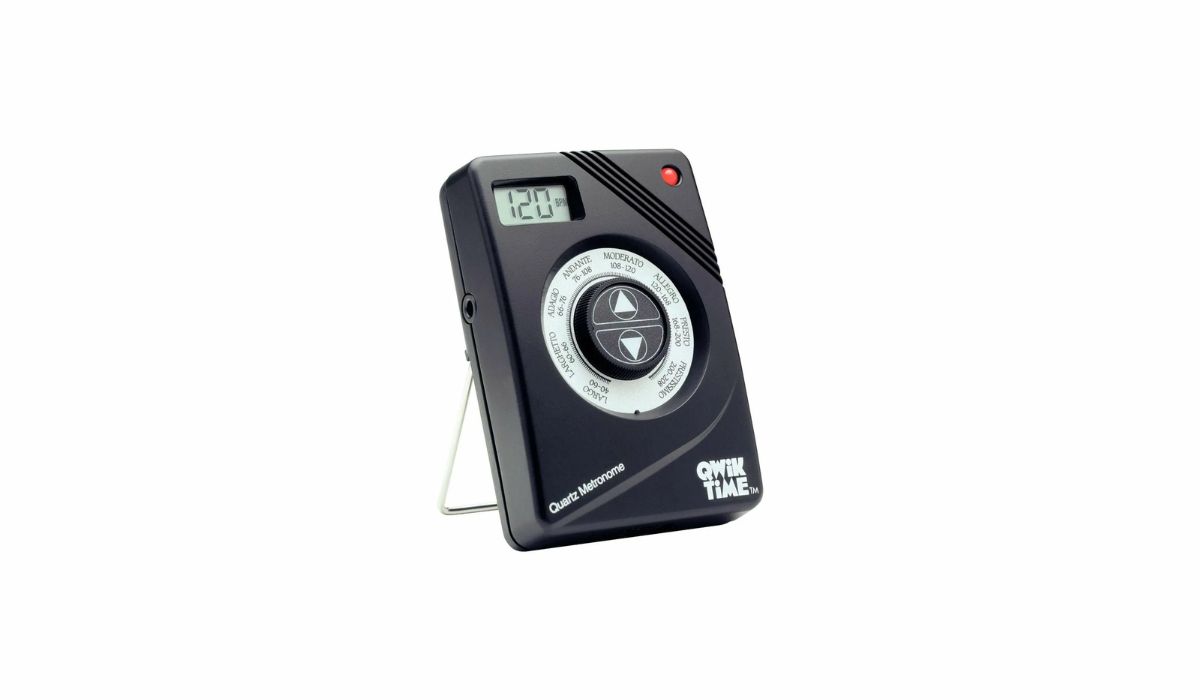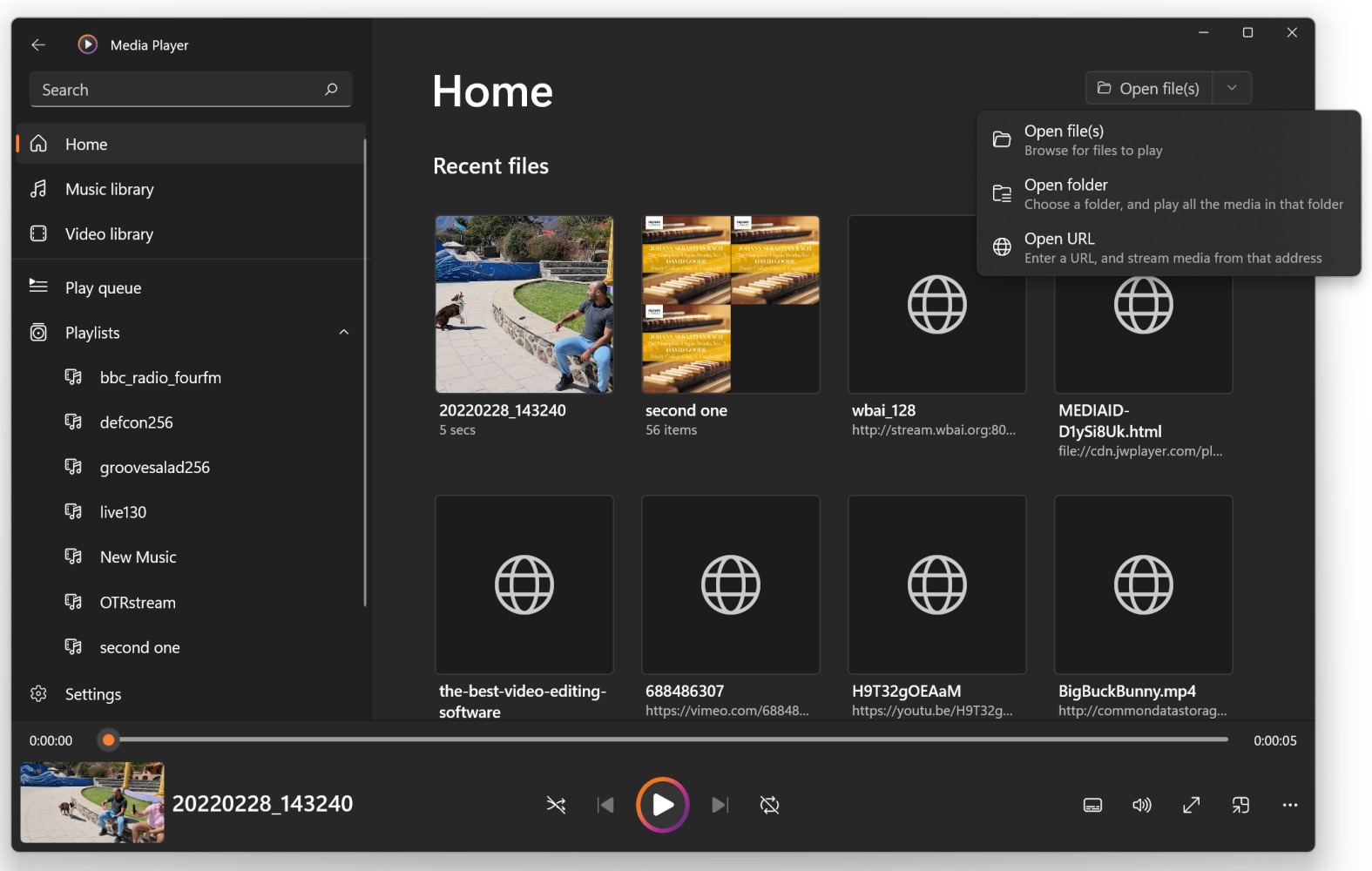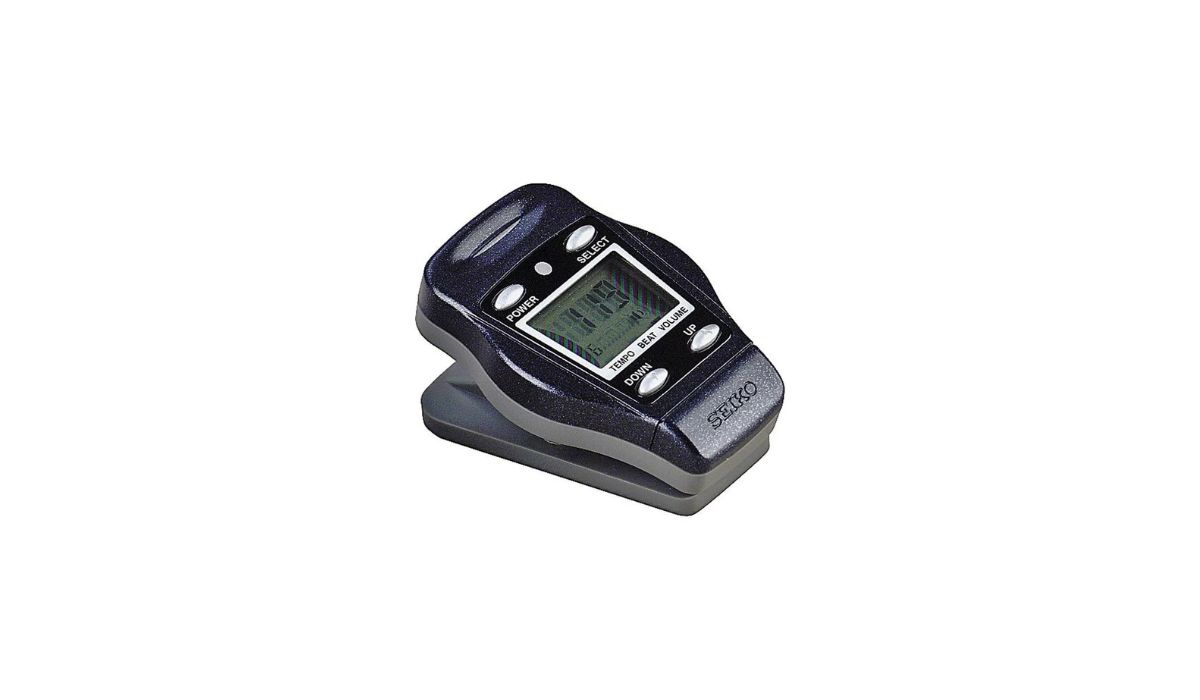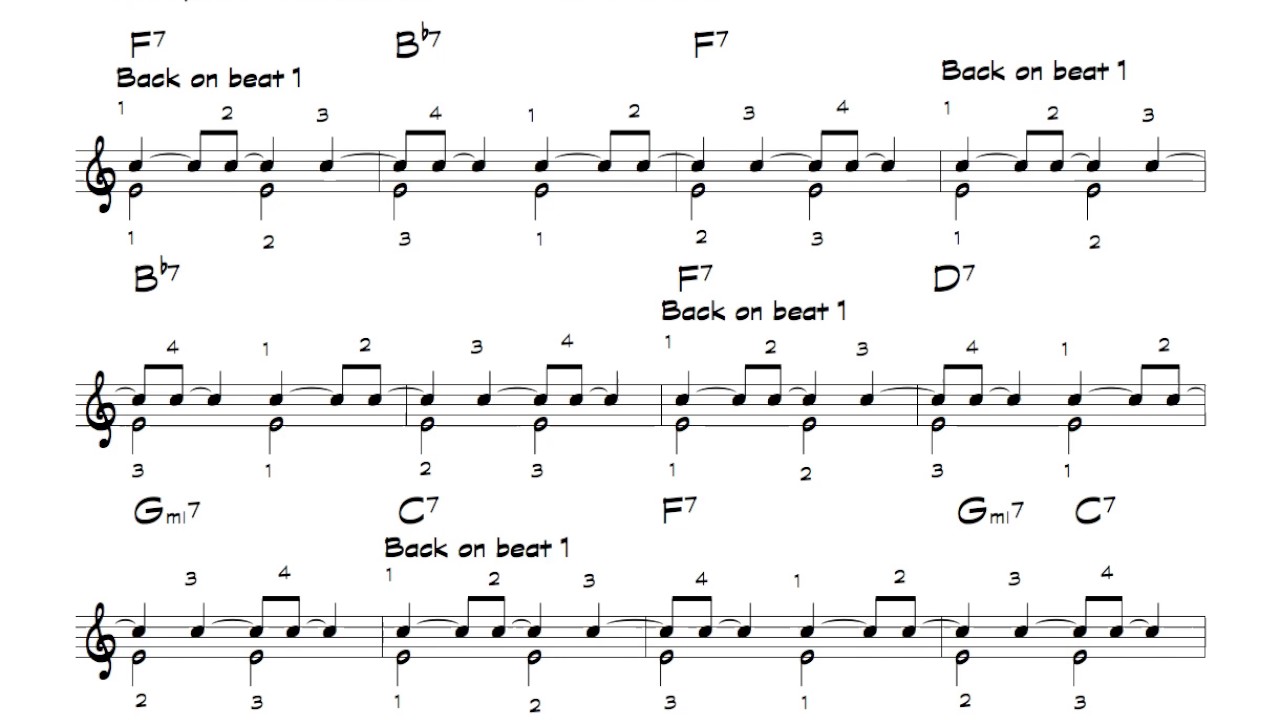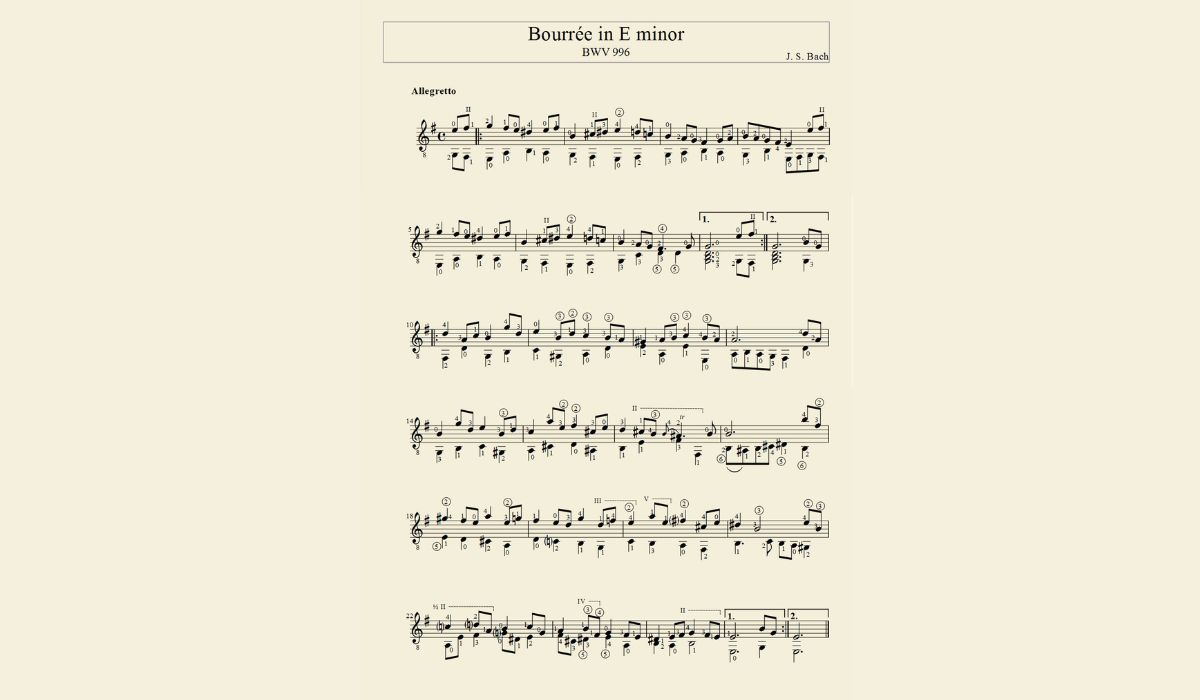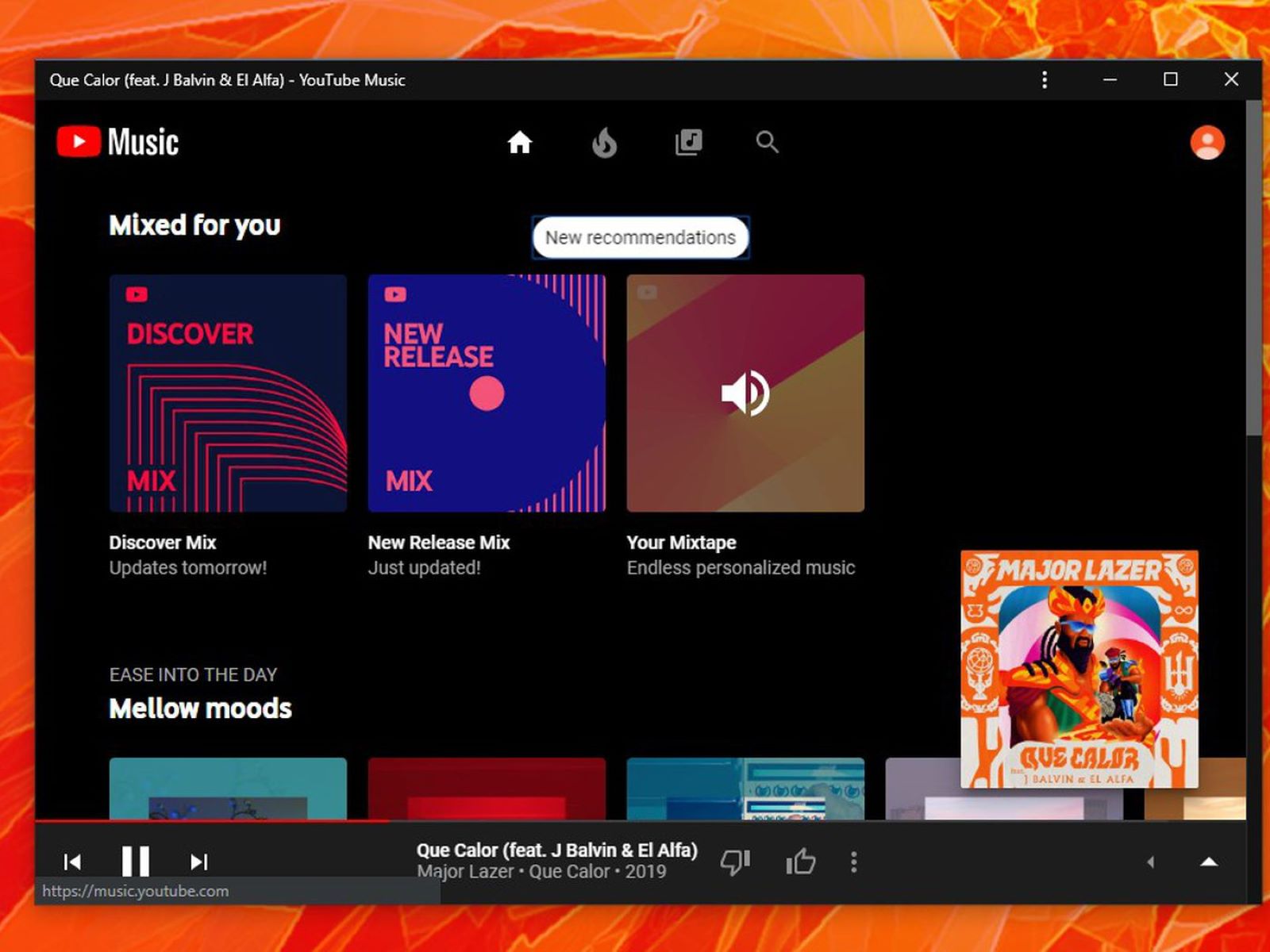Home>Production & Technology>Metronome>What Is Metronome App
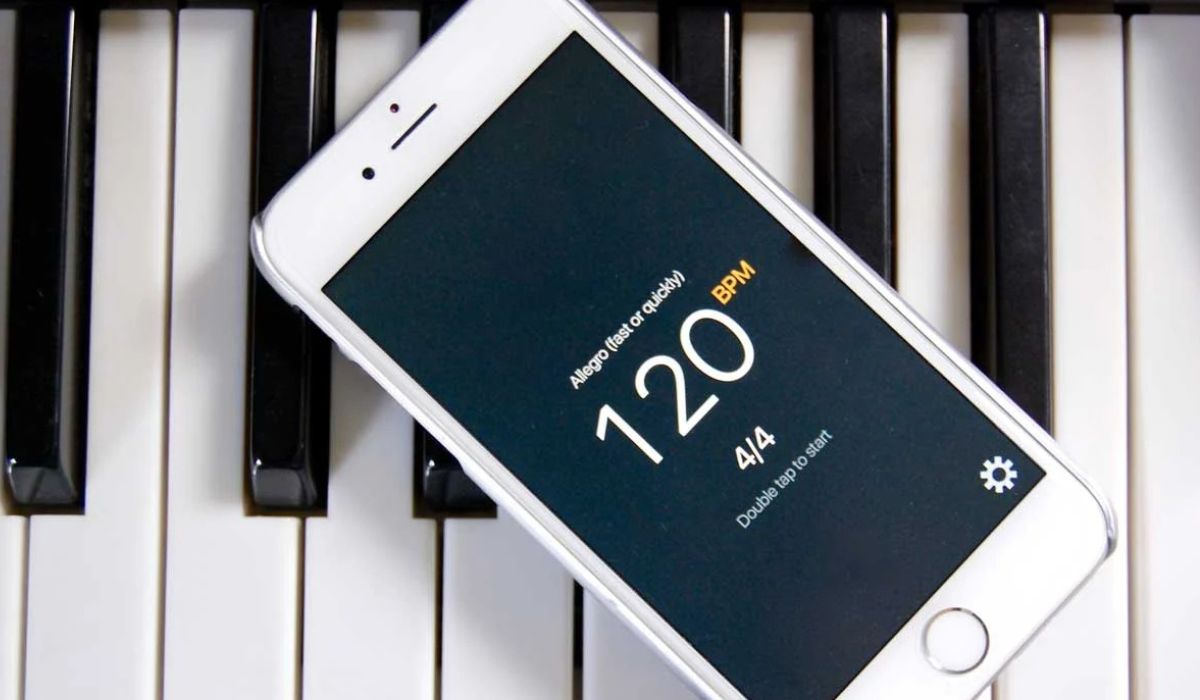

Metronome
What Is Metronome App
Modified: February 19, 2024
Looking for a metronome app? Discover how a metronome app can help you improve your rhythm and timing. Boost your musical performances with our top-rated metronome app.
(Many of the links in this article redirect to a specific reviewed product. Your purchase of these products through affiliate links helps to generate commission for AudioLover.com, at no extra cost. Learn more)
Table of Contents
Introduction
A metronome is a versatile tool that has been used by musicians for centuries to improve their sense of rhythm and timing. Traditionally, metronomes were standalone devices that produced a steady beat to help musicians stay on tempo. However, with the advent of technology, the metronome has evolved into a convenient and portable app that can be easily accessed on smartphones, tablets, and computers.
A metronome app offers musicians and music enthusiasts a wide range of features and benefits that can enhance their practice sessions and performances. Whether you are a professional musician, a student learning an instrument, or simply someone who enjoys playing music as a hobby, a metronome app can be an invaluable tool in your musical journey.
In this article, we will explore the world of metronome apps, diving into their functionality, benefits, and how to make the most out of them. We will also highlight some popular metronome apps available on the market today. Whether you’re new to using a metronome or looking to upgrade your current app, this guide will provide you with all the information you need to choose the best metronome app for your musical needs.
Definition of a Metronome App
A metronome app is a digital tool that replicates the functionality of a traditional metronome. It provides musicians with an audible click or beat to help them maintain a consistent tempo while practicing or performing music. Metronome apps can be downloaded onto smartphones, tablets, or computers, allowing musicians to have a portable and convenient tool at their fingertips.
These apps typically offer customizable features, such as selecting the tempo, time signature, and accent patterns. Some metronome apps also include additional features like visual cues, subdivisions, and the ability to save and organize different practice settings.
Metronome apps can be used by musicians of all skill levels and across various musical genres. They are especially beneficial for instrumentalists, vocalists, and composers who rely on precise timing and rhythm in their musical endeavors.
The user-friendly interface of a metronome app makes it easy for musicians to set the desired tempo and begin playing along with the metronome. The app’s visual display often includes a graphical representation of the beat, allowing musicians to visually track the tempo. Additionally, many metronome apps offer the ability to adjust the volume of the metronome sound, making it suitable for practicing in both quiet and loud environments.
The advent of metronome apps has revolutionized the way musicians practice and perform. With the ability to carry a metronome in their pocket, musicians have greater flexibility in incorporating regular rhythmic practice into their daily routines. Whether practicing scales, working on complex rhythmic patterns, or preparing for a live performance, a metronome app serves as an invaluable tool for enhancing musicians’ timing and precision.
How Metronome Apps Work
Metronome apps utilize the technology of mobile devices or computers to generate a series of regular beats or clicks. These beats act as a rhythmic reference for musicians to maintain a consistent tempo while playing or practicing music. The functionality of metronome apps can vary slightly depending on the specific app, but they generally operate in the following manner:
1. Tempo Selection: Metronome apps allow users to set the desired tempo, usually measured in beats per minute (BPM). Users can manually adjust the tempo using a slider or input the BPM directly using a numerical keypad.
2. Time Signature: Metronome apps support various time signatures, such as 4/4, 3/4, 6/8, and more. Users can select the appropriate time signature to match the rhythm of the music they are playing.
3. Beat Sounds: Metronome apps offer a range of different sounds for the beat, including traditional ticking sounds, digital beeps, or even musical instrument sounds. Users can customize the sound to suit their preferences or mimic the sound of a traditional metronome.
4. Visual Displays: Many metronome apps provide visual cues that complement the audible click or beat. These could include a flashing light, pulsating icon, or a moving pendulum to help musicians visualize the tempo and stay on beat.
5. Customization Options: Metronome apps often offer additional features to enhance the user experience. This may include the ability to create and save multiple presets for different practice sessions, adjust the volume of the metronome sound, change the accent patterns, and set subdivisions for intricate rhythms.
Some metronome apps also integrate with other music tools and software, allowing musicians to synchronize the metronome with their digital audio workstations (DAWs) or MIDI devices for a seamless practice or performance experience.
By combining these features, metronome apps provide musicians with a user-friendly and flexible tool to improve their timing, develop a sense of rhythm, and maintain consistent tempo during practice sessions and performances.
Benefits of Using a Metronome App
Using a metronome app offers a multitude of benefits for musicians of all levels and disciplines. Here are some key advantages of incorporating a metronome app into your practice routine:
- Improved Timing and Rhythm: A metronome app helps musicians develop a precise sense of timing and rhythm. By practicing with consistent beats, musicians can internalize the steady pulse and develop a natural sense of groove.
- Enhanced Musical Accuracy: Playing in time with a metronome app trains musicians to play accurately and avoids rushing or dragging the tempo. This translates to improved performances and recordings with precise timing and synchronization.
- Developed Tempo Control: A metronome app allows musicians to gradually increase the tempo to challenging levels, helping them build technical speed and control over time.
- Progress Tracking: Many metronome apps offer features to track your practice progress. You can record and analyze your performance over time to identify areas for improvement and set goals for your practice sessions.
- Flexible Practice Settings: With a metronome app, you can customize various settings according to your specific practice needs. This includes selecting different time signatures, accent patterns, and subdivisions for complex rhythms.
- Learning Tool: Metronome apps are invaluable for students as they learn new pieces and technical exercises. By starting at a slow tempo and gradually increasing the speed, they can master difficult passages step by step.
- Musical Versatility: Whether you play classical, jazz, rock, or any other genre, a metronome app is a versatile tool that can be used in any musical context. It can assist with practicing scales, improvisation, and ensemble playing.
- Convenient Portability: Unlike traditional metronomes, which are often bulky and require batteries, a metronome app is portable and always accessible on your mobile device or computer. You can practice with a metronome anywhere and anytime.
- Cost-Effective: Many metronome apps are available for free or at an affordable price, making them a cost-effective alternative to purchasing a standalone metronome.
By taking advantage of these benefits, musicians can greatly enhance their musicality, technical proficiency, and overall performance quality. Whether you are a beginner or an experienced musician, incorporating a metronome app into your practice routine can be a game-changer.
Features to Look for in a Metronome App
When choosing a metronome app, it’s important to consider the features that will best suit your needs as a musician. Here are some essential features to look for in a metronome app:
- Tempo Range: Check if the app allows you to set a wide range of tempos, from very slow to very fast, to accommodate various musical styles and practice requirements.
- Time Signatures: Ensure that the app supports a variety of time signatures, such as 2/4, 3/4, 4/4, 6/8, and more, to accommodate different musical compositions.
- Accent Patterns: Look for the ability to customize the accent patterns, enabling you to emphasize specific beats within a measure, such as downbeats or off-beats.
- Subdivisions: Consider if the app offers subdivisions, allowing you to practice complex rhythms by subdividing each beat into smaller units.
- Visual Cues: Check if the app provides visual displays, such as a moving pendulum, flashing light, or pulsating icon, to help you visually track the tempo and stay on beat.
- Sound Customization: Ensure that the app offers a variety of sound options for the metronome beat, allowing you to choose from traditional ticks, digital beeps, or even musical instrument sounds.
- Custom Presets: Look for the ability to create and save multiple practice presets, so you can easily switch between different time signatures and tempos for different musical pieces or practice exercises.
- Performance Recording: Consider if the app has the capability to record and playback your practice sessions, allowing you to review your performance and make necessary adjustments.
- MIDI Integration: If you use MIDI instruments or digital audio workstations (DAWs), check if the app can synchronize with your MIDI devices, enabling you to practice and perform in perfect sync with your digital setup.
- User Interface and Ease of Use: Assess the app’s user interface and ensure it is intuitive and easy to navigate, allowing you to quickly select your desired settings and start practicing without any hassle.
By considering these features, you can find a metronome app that aligns with your specific musical goals and practice preferences. Remember that different apps may offer varying levels of customization and additional features, so choose one that meets your individual needs as a musician.
Popular Metronome Apps on the Market
There are numerous metronome apps available on the market, each offering its own unique features and user experience. Here are some of the most popular metronome apps that have gained recognition among musicians:
- Pro Metronome: Pro Metronome is a versatile app available for both iOS and Android devices. It offers a wide tempo range, various time signatures, multiple accent patterns, and the ability to create custom presets. This app also includes a visual metronome display with a pendulum animation and features like tap tempo and subdivision control.
- Tempo: Tempo is a highly-rated metronome app designed for iOS devices. It features a sleek and intuitive interface with a wide range of tempo settings and time signatures. It offers customizable accent patterns, visual indicators, and the option to save and organize your favorite tempo settings.
- Soundbrenner: Soundbrenner is a unique metronome app available for iOS and Android devices. It offers both visual and haptic feedback, allowing you to feel the beat through subtle vibrations on your smartwatch or phone. It also includes features like customizable accents, subdivisions, and the ability to synchronize multiple devices for ensemble playing.
- Metronome Beats: Metronome Beats is a popular metronome app for Android devices. It offers a wide tempo range, various time signatures, and the ability to customize the accent patterns and subdivisions. This app also includes features like pendulum animation, tap tempo, and the option to save and load different practice settings.
- Dr. Betotte TC-1: Dr. Betotte TC-1 is a highly regarded metronome app available for both iOS and Android devices. It provides a user-friendly interface with a variety of tempo and time signature options. The app includes adjustable accent patterns, subdivisions, and the ability to create and save multiple presets for different practice sessions.
These are just a few examples of the many metronome apps available on the market. It’s important to explore different options and find the app that suits your specific needs, preferences, and device compatibility. Additionally, many of these apps offer both free and premium versions, so you can choose the version that best fits your requirements and budget.
Remember, the success of a metronome app ultimately depends on its suitability for your musical goals and practice routine, so take the time to experiment with different apps and find the one that enhances your rhythm, timing, and overall musical development.
How to Use a Metronome App Effectively
While a metronome app can be a powerful tool for improving your timing and rhythm, using it effectively requires some strategy and practice. Here are some tips on how to make the most out of your metronome app:
- Start with a Slow Tempo: Begin practicing with a slow tempo, especially when learning a new piece or technical exercise. This allows you to focus on accuracy and precision before gradually increasing the tempo.
- Use Subdivisions: Utilize subdivisions to break down complex rhythms into smaller, more manageable parts. By practicing with subdivisions, you can gradually build up your ability to play intricate rhythms accurately.
- Experiment with Accent Patterns: Try different accent patterns to enhance your rhythmic awareness and emphasize specific beats within a measure. This can help you develop a stronger sense of rhythm and phrasing.
- Practice with Dynamic Changes: Vary the dynamics of your playing while practicing with the metronome. This will help you improve your control and create a more expressive and nuanced performance.
- Record and Analyze: Use the recording feature of your metronome app to record your practice sessions. Take the time to review and analyze your performance, identifying areas that need improvement and areas where you are already excelling.
- Set Goals and Track Progress: Set specific goals for each practice session and track your progress over time. This will help you stay motivated and focused on your musical development.
- Experiment with Different Time Signatures: Explore different time signatures to expand your rhythmic vocabulary and challenge your sense of timing. Practicing in irregular or compound time signatures can improve your overall rhythmic versatility.
- Practice with a Backing Track: Pair your metronome app with a backing track or play along with recorded music to simulate a real performance environment. This will help you develop your ability to stay on tempo in a musical context.
- Be Consistent: Incorporate regular metronome practice into your routine. Consistency is key to developing a strong sense of timing and rhythm, so make sure to dedicate dedicated time to practicing with your metronome.
- Experiment with Different Metronome Apps: Don’t be afraid to try out different metronome apps to find the one that suits your preferences and needs the best. Each app may offer unique features and visuals that can enhance your practice experience.
Remember, using a metronome app effectively requires patience, discipline, and regular practice. By incorporating these tips into your practice routine, you can utilize the full potential of your metronome app to improve your timing, rhythm, and overall musicality.
Conclusion
A metronome app is a valuable tool for musicians of all levels and musical genres. It provides a convenient and portable way to enhance your timing, rhythm, and overall musical performance. Whether you are a beginner learning to play an instrument or a professional musician honing your skills, a metronome app can greatly contribute to your musical development.
In this article, we explored the definition and functionality of a metronome app. We discussed the benefits of using a metronome app, including improved timing, enhanced accuracy, tempo control, and flexible practice settings. We also highlighted features to look for when choosing a metronome app, such as tempo range, time signatures, accent patterns, visual cues, and customization options.
Additionally, we introduced popular metronome apps available on the market, such as Pro Metronome, Tempo, Soundbrenner, Metronome Beats, and Dr. Betotte TC-1. These apps offer a range of features to cater to different musical needs and preferences.
To use a metronome app effectively, we provided tips on starting with a slow tempo, utilizing subdivisions, experimenting with accent patterns, recording and analyzing your practice sessions, and setting goals to track your progress. We also emphasized the importance of consistency and the value of practicing with different time signatures and backing tracks.
In conclusion, incorporating a metronome app into your practice routine is a worthwhile investment of time and effort. Whether you choose a free or premium app, the benefits of improved timing, rhythm, and overall musical accuracy are invaluable. So, unleash the power of a metronome app and take your musicality to new heights.

